Ballestas vs Palomino Islands - Which is Better?
Paracas National Reserve is one of the most popular attractions on the coastline of Peru. The meeting of the ocean and the desert create a spectacular landscape, but a boat tour to Islas Ballestas is the main reason people come to Paracas. This small archipelago is home to sea lions and many species of birds. This area is often referred to as Poor Man’s Galapagos, providing some of the wildlife and sightseeing opportunities found at the real thing, but at just a fraction of the price. It’s a 3-4h drive from Lima to get there.
But there is a similar attraction just off the coast of Lima - Islas Palomino. Despite being easier to reach, these islands are much less talked about, compared to Islas Ballestas, but they have a similar offering of scenery and wildlife. If you enjoy a boat tour, and want to see lots of birds and sea lions, then either of these places are pretty much guaranteed to give you just that. While Islas Ballestas and Islas Palomino are very similar in some ways, they are also different in others. If you’ve come across both places while planning your Peru itinerary, you may be wondering which one to go for, especially if you are short on time. We have been to both, so I can help you make the best decision. Read this guide for a full breakdown each experience,
Accessibility
The boat tour to Islas Ballestas departs from Paracas, a small coastal town in south-west Peru, and a major tourism hotspot in the region of Ica. To get there from Lima, it’s a 3h30min drive south along the same road that leads to Ica and Huacachina. Tours usually take place in the morning (departing at 08:00 or 10:00), and last up to around 1h40min, including the transfer time.
The boat tour to Palomino departs from the port in Callao, a district of Lima that also includes the international airport. Tours also take place in the morning (departing around 9:00 - 10:00), and the journey is of a similar duration, maybe just slightly longer to allow time for the swimming activity (about 2h including transfer time).
In terms of accessibility, Palomino is a clear winner, because the capital is the arrival and departure point in Peru for the majority of travellers. But many would be headed to Paracas anyway, on their way to Huacachina, Nazca or even Arequipa, in which case Palomino loses the advantage of location. Because of the long distance, I probably wouldn’t recommend going to Paracas for Islas Ballestas alone, but it is certainly worth making the journey for the full package (including the reserve and Huacachina). Once at the location, either tour is a short two-hour experience that can be easily fitted into any schedule. If you’re skipping Paracas and Huacachina altogether and are flying straight to Cusco or Arequipa or Juliaca, but don’t want to miss out on the boat adventure, then Palomino is definitely an option to consider.
Cancellations are relatively rare, but they can happen. This part of Peru is known for its exceptionally dry climate, with Lima being one of the driest capitals in the world, and Paracas hardly seeing any precipitation throughout the year, and so the rain is almost never the issue. But if it’s windy, the seas can be too rough for a speedboat. It can be a bumpy ride even if the tour does take place, so if you have any issues with sickness, it would be best to take medication, or avoid this activity altogether.
Tour
For obvious reasons, both activities can only be done as part of an organised tour.
We visited Paracas on the way to Huacachina with Peru Hop, and did not spend the night there, which meant we only had a few hours in Paracas. A Peru Hop pass includes a free tour of Paracas National Reserve (at either 10:30 or 14:00), while the Ballestas Islands tour is a paid extra. Because of the time limitation, we had to choose only one of the two, and we went for Ballestas.
To keep it simple, we organised our Ballestas Islands tour through Peru Hop, who works with a local operator, and paid 19$ per person, including the port tax and entrance fee to the reserve. Since this is the most popular activity in this area, there are many companies offering this tour, and the price should be in the region of 20$ per person, including everything. The reserve fee is 11 Soles (2.8$), which you pay in cash at a checkpoint if you visit the peninsula, or prior to embarkation if it’s not already included in the boat tour. If you are visiting both the mainland reserve and the islands, keep in mind that you only need to pay this fee once during your stay, so hold on to your ticket.
Ballestas Islands
We visited Palomino on our last day in Peru, and booked the tour with Mar Adentro Excursiones directly on their website, which worked out cheaper than using third party. The cost for the tour was 50$ per person, including a small discount, plus a 5$ service fee. There seem to be mainly two companies providing this type of tour to Islas Palominos, the other one is EcoCruceros. Because this was our last activity before heading straight for the airport, which is nearby, we also wanted to store our checked bag at the meeting point for the duration of the tour - this was possible for a fee of 10$.
The Palomino Islands tour is clearly more expensive than the one to Ballestas Islands, however it does include the unique experience of swimming with sea lions (more on that later), which requires a wetsuit. In addition to that, there is also the consideration of transport, for someone based in Lima. Unless you are planning to spend more time south of Lima, a boat tour to Islas Ballestas alone comes with return transportation to/from Lima, and potentially a one night’s stay if you don’t want to wake up early. So, as a day-trip from Lima, the tours may end up similar in price, all things considered. But Ballestas is otherwise the better option for the budget traveller who plans to see more of that region of Peru.
Palomino Islands
Boat
Because the islands are protected, the boat does not make any stops on shore in either tour. You will be on the boat the entire time, but there are many opportunities to see the wildlife up close. If you are into photography, don’t forget your telephoto lens, it will prove very useful.
Ballestas definitely feels more touristy, because it is. There were quite a few boats out at sea, making their way around the islands, while at Palomino it was maybe just one or two. But I wouldn’t say that this takes away from the experience in any way.
Palomino Islands
In both cases, about half of the duration of the tour is spent sailing at high speed in order to actually get to the islands and back (about 30min each way). With some notable exceptions (e.g. Candelabro), there isn’t much to see in this section of the trip, but the guide sometimes keeps you entertained with interesting facts.
For Ballestas, because we did this through Peru Hop, the meeting point was Hotel Residencial Los Frayles. That’s the meeting point for Peru Hop buses in Paracas, including the one arriving from Lima, and the one departing towards Huacachina. We then walked to the main pier at Paracas Beach, where all boat tours depart from. If you only have a few hours in Paracas, don’t worry about the seemingly tight timings, you’re not alone and it all works out nicely. There is also time for lunch between the end of the tour and the departure to Huacachina, if you are doing this in the same day.
For Palomino, we met at the Mar Adentro location in Callao, La Mar 229, which is actually a restaurant. There is some preparation time until everyone arrives and signs the waiver form. It was never clear to me at which point we would change into wetsuits for the swimming, so in case anyone is wondering - that happens on the boat, so you might want to wear your swimsuit under your clothes. You can use the restaurant toilet to get changed into dry clothes at the end (get there first to avoid the queue). After listening to a short briefing, we made our way to the port as a group.
The boats are in good condition, and free bottled water is provided.
Note there are no toilet facilities on the boat, and you are on the boat for the entire duration of the tour. So make sure to use the toilet facilities before departure!
Palomino Islands
In terms of where to sit on the boat, I felt this only mattered at Ballestas Islands, and even then not so much. The boat navigates around the shores, slowing down and turning around so that everyone gets a good view of the scenery and wildlife. But, having sat on the right side of the boat, I felt that the left was still somewhat better positioned - so go sit on the left side!
Bring a light waterproof jacket, it gets windy, and a warm day in the desert/city can feel cold once in the open sea. Not only that, but, depending on where you are in the boat, you might get soaked on the way to and from the islands. I felt sorry for those in the unlucky seats during our Ballestas Islands tour.
Palomino Islands
Scenery
The scenery on both islands is very impressive, with plenty of interesting rock formations and sea arches to see.
The journey to Ballestas Islands comes with a sightseeing bonus, which would be particularly worthwhile if you don’t get the chance to visit the Nazca region. On the way to the islands, and on your left, look out for the Candelabra geoglyph. This is a large-scale carving of mysterious origins, much like the ones at Nazca. If you don’t get the chance to visit more of the reserve, you can get an idea of what it looks like from the boat, but it’s definitely worth going on a separate tour to see the mainland if you have time.
Another selling point of Islas Ballestas is that there is much more to see in the region. Palomino is right next to Lima and the majority of travellers visiting Peru will end up there at some point. But a journey to Islas Ballestas opens the door to a number of other experiences in the region of Ica. There are many great things to do in Paracas, Huacachina, or Nazca - for ideas, check out my post on 9 Best Things to do in Ica, Peru.
Birdlife
Ballestas and Palomino are a sea bird paradise. There's a reason why Islas Ballestas in particular are referred to as Poor Man's Galapagos after all. Many species of birds are found around the islands, such as Humboldt penguins, turkey vultures, boobies, pelicans, cormorants, to name a few. You’re very likely to come across those birds at either locations, though I felt that the birdlife at Ballestas Islands was a little more abundant - or maybe that’s just because the sea lions stole the show.
Sea Lions
When it comes to sea lions, Palomino is the undisputed winner.
First of all, Pinnipeds 101. The seals you will come across at Ballestas or Palomino are sea lions or fur seals. These are different to other seals you might have seen elsewhere, such as the common seal or grey seal. They belong to the same clade of pinnipeds (which includes all seals), but different families. Sea lions are eared seals, while phocidae are earless. There is also a third family, with the walrus being the only surviving member, which only lives around the Arctic region.
Palomino Islands
You're probably going to see more seals than ever before during your visit to either of Ballestas or Palomino. At Ballestas Islands, the boat goes past some beaches that are covered with sea lions, and you get fairly close to them. You may also spot them swimming in the water just next to the boat. But Palomino takes everything to the next level. When the boat arrives at the islands, you will be looking at an entire island covered in sea lions, it's a breathtaking sight. There are thousands of sea lions living around these islands.
Palomino Islands
Not only that, but you also get the chance to swim with the sea lions, which is a really cool experience. You can also stay in the boat and watch the sea lions from a distance, if you don't feel like swimming. All swimmers get changed into wetsuits on the boat, and not before for some reason (probably the lack of changing facilities in the port) - getting in and out of that tight suit in a small space can be quite awkward. Once in the water, you’re supposed to stay in groups and move your feet in front of you. The sea lions are curious creatures and apparently they like this, and are more likely to come near you.
Swimming with sea lions is safe. You wear a wetsuit and a life vest, so even if you can't swim, it's not really an issue (though if the sea is rough, you might still feel uncomfortable). There are no predators like sharks in this area, which is great news for visitors and sea lions alike. In general, sea lions themselves can be dangerous and may attack if they feel threatened. But tours keep a safe distance, and these excursions happen everyday, so the sea lions have come to be very accustomed to humans, and have no reason to be afraid or hostile. They are in fact really friendly. Don’t swim too close to the island, and let them come to you - they will!
The Verdict
If you are up for an ocean adventure, Ballestas and Palomino are both fantastic destinations to admire beautiful scenery, and spot lots of sea birds and sea lions. You really can't go wrong with either option.
Palomino Islands
Ballestas is the more popular tour of the two locations, but, for me, Palomino still has the edge. We did both Ballestas and Palomino, in this order - and I think that worked well. After the Palomino tour, some of the things I saw at Ballestas seemed just a little bit underwhelming, in hindsight. To reiterate, both tours are amazing, and similar in so many ways. But the sea lion element at Palomino is more spectacular, and it comes with the fun swimming experience as well.
Palomino Islands
It’s certainly worth visiting the region of Ica while in Peru, which is where you will find Paracas (with Ballestas Islands), Huacachina and Nazca. If you are going there, then the tour to Ballestas Islands is a great and inexpensive way to spend 2 hours of your time. But if you can’t make it there, know that there is a very similar, and arguably better, alternative just off the coast in Lima.


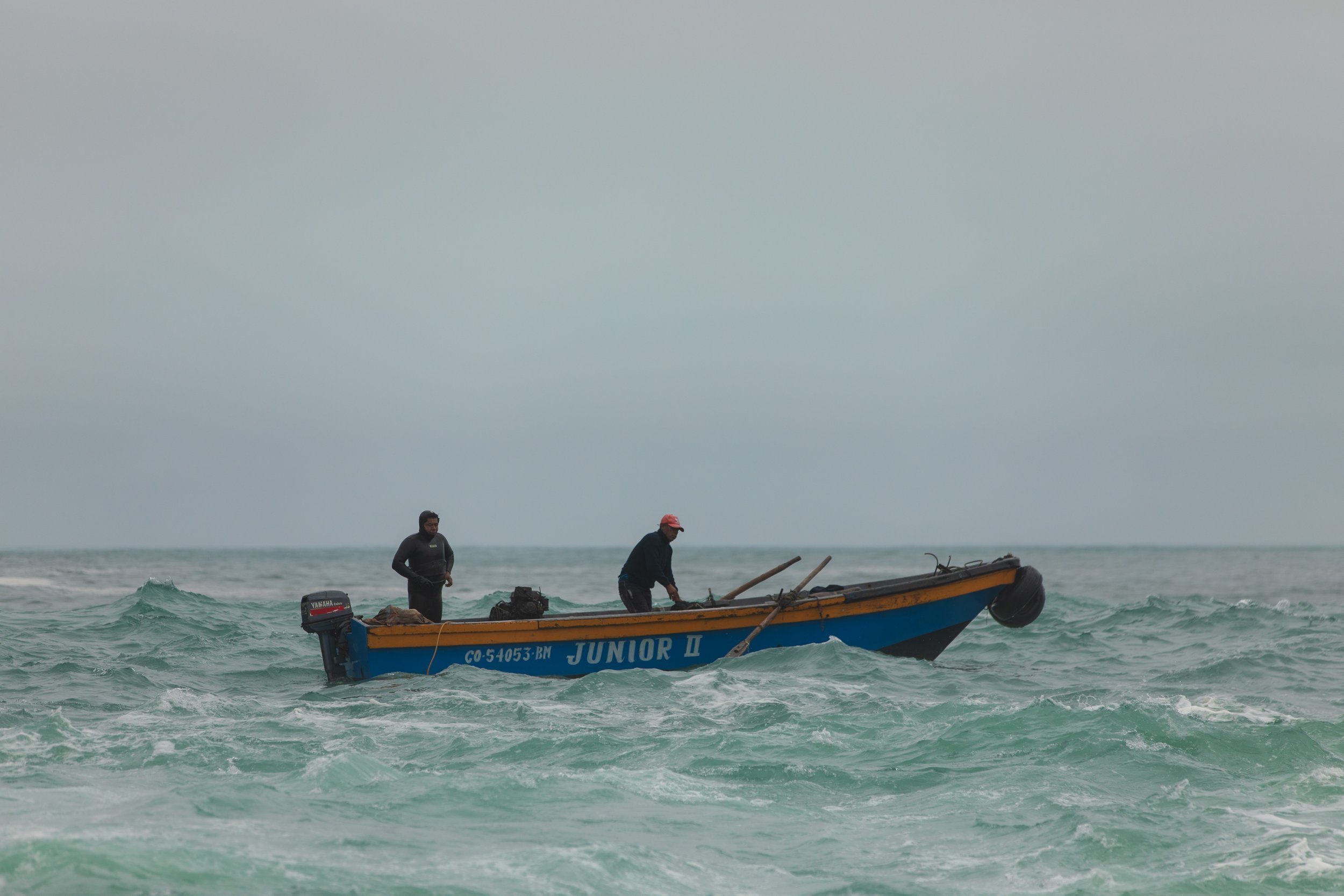
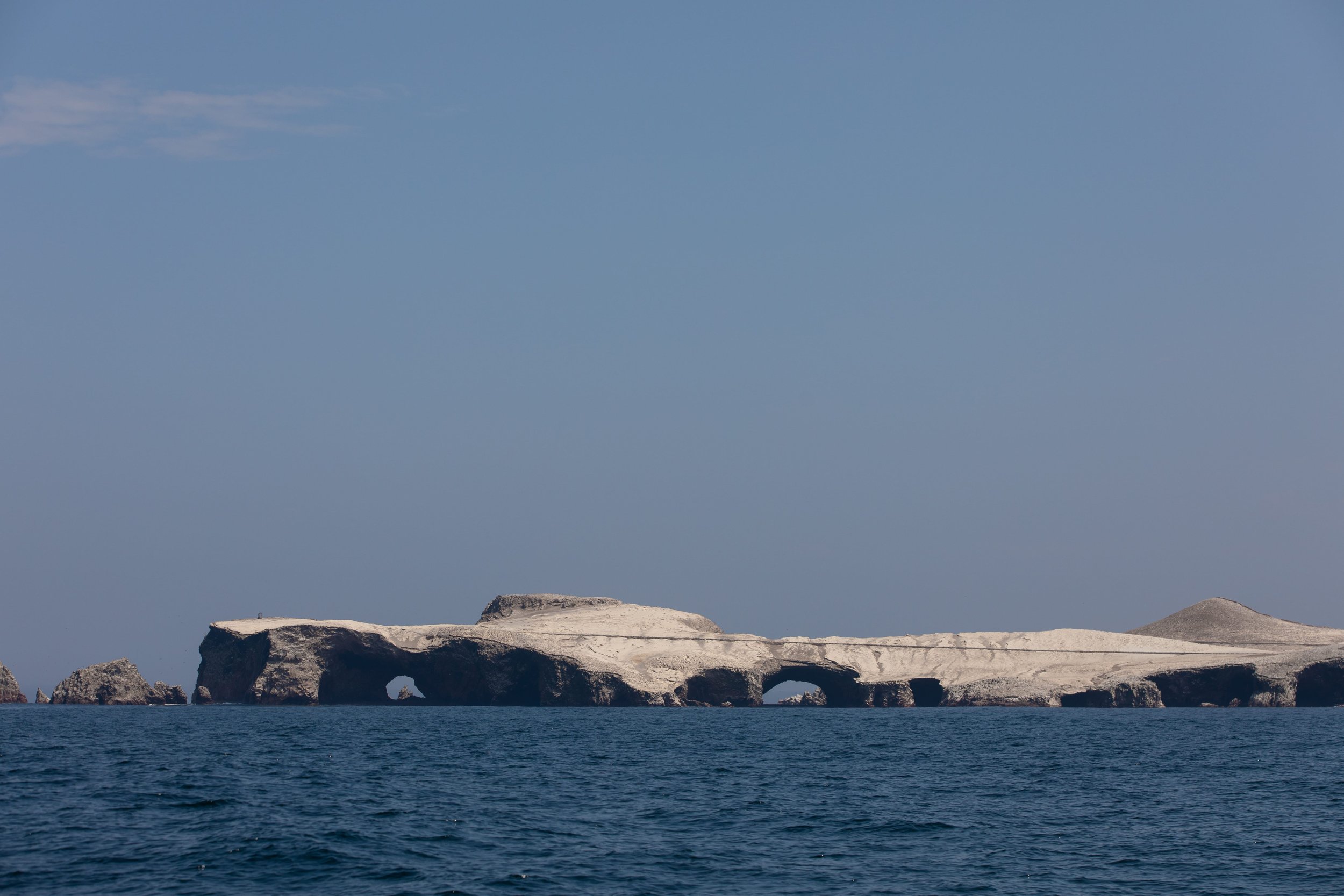


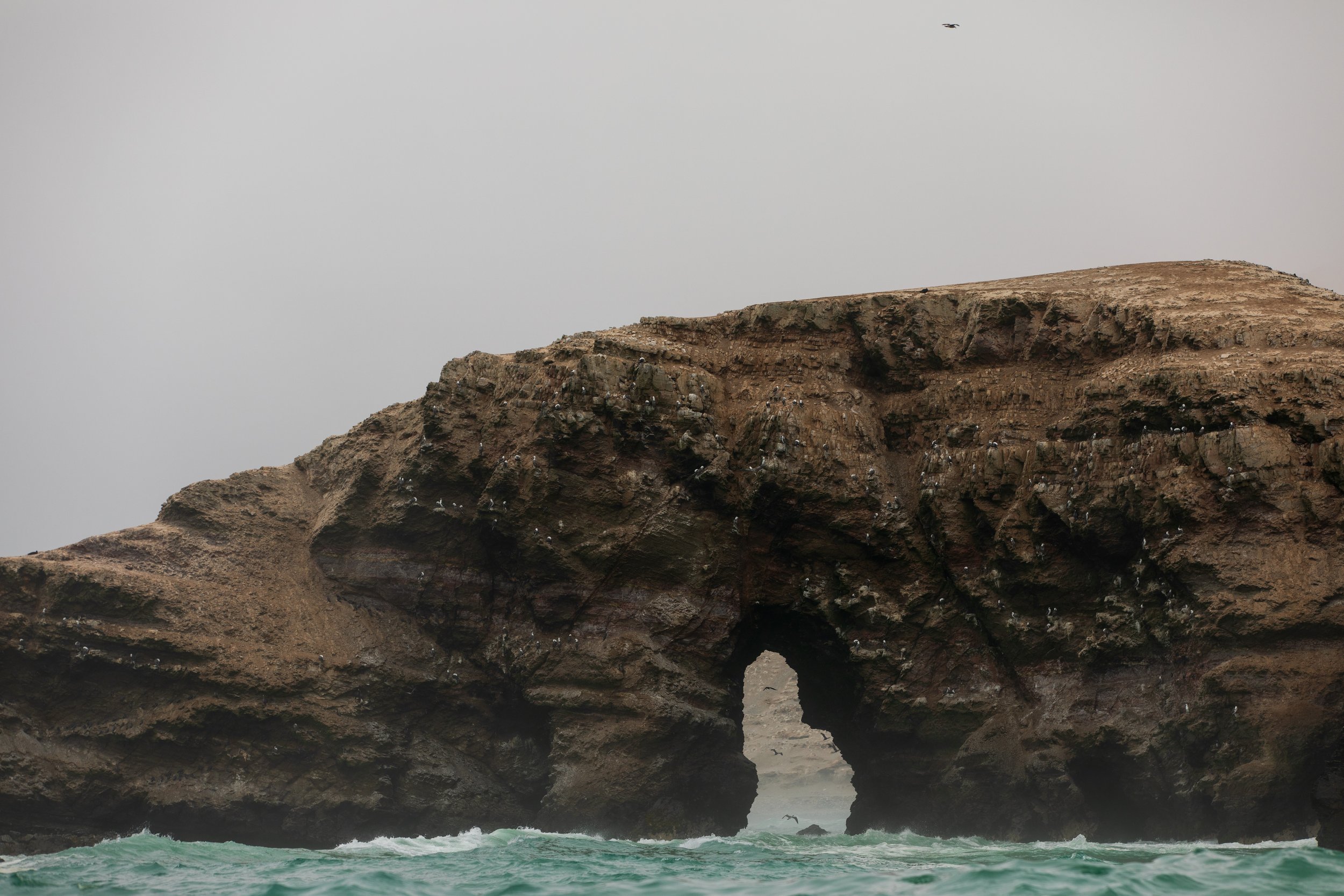


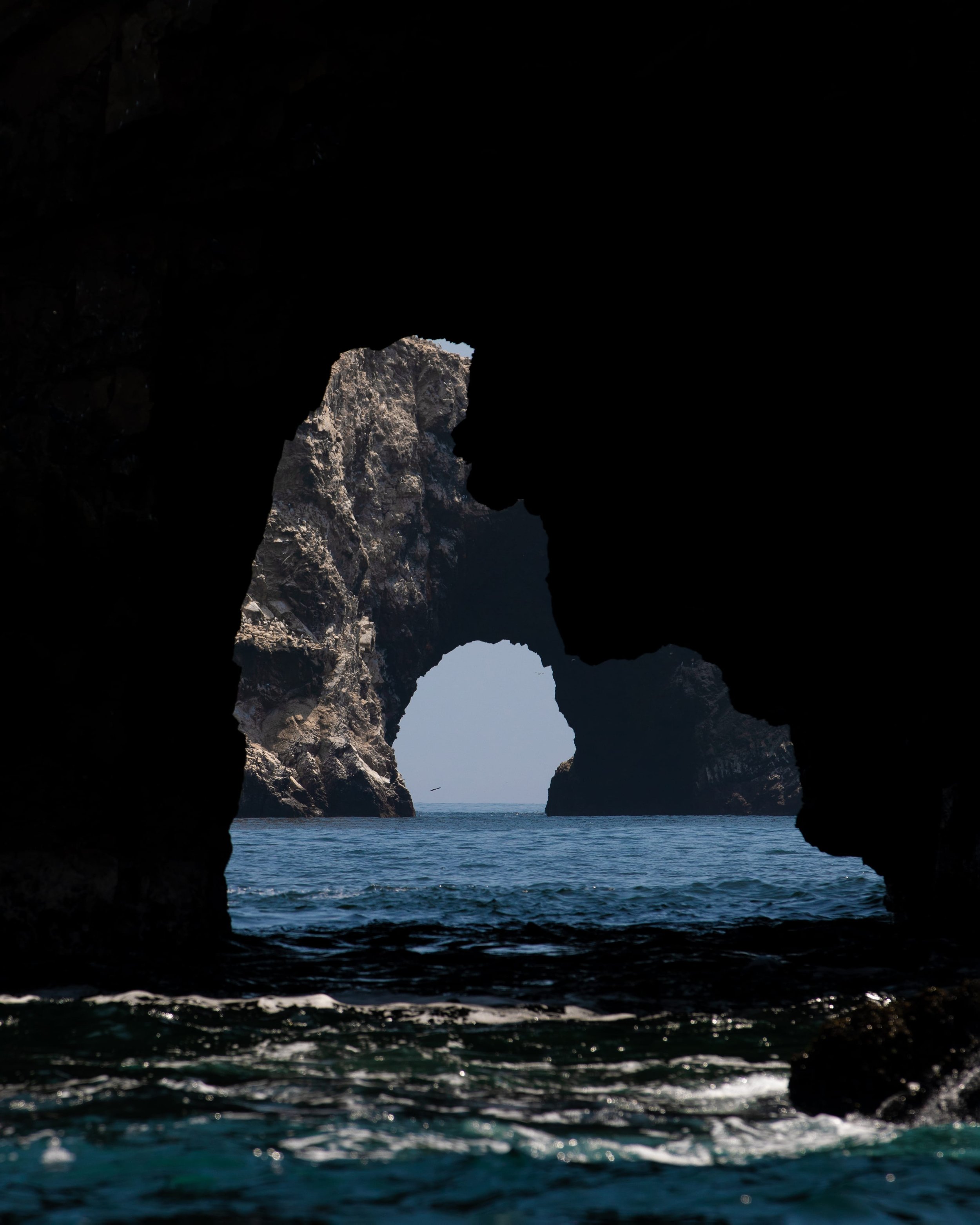



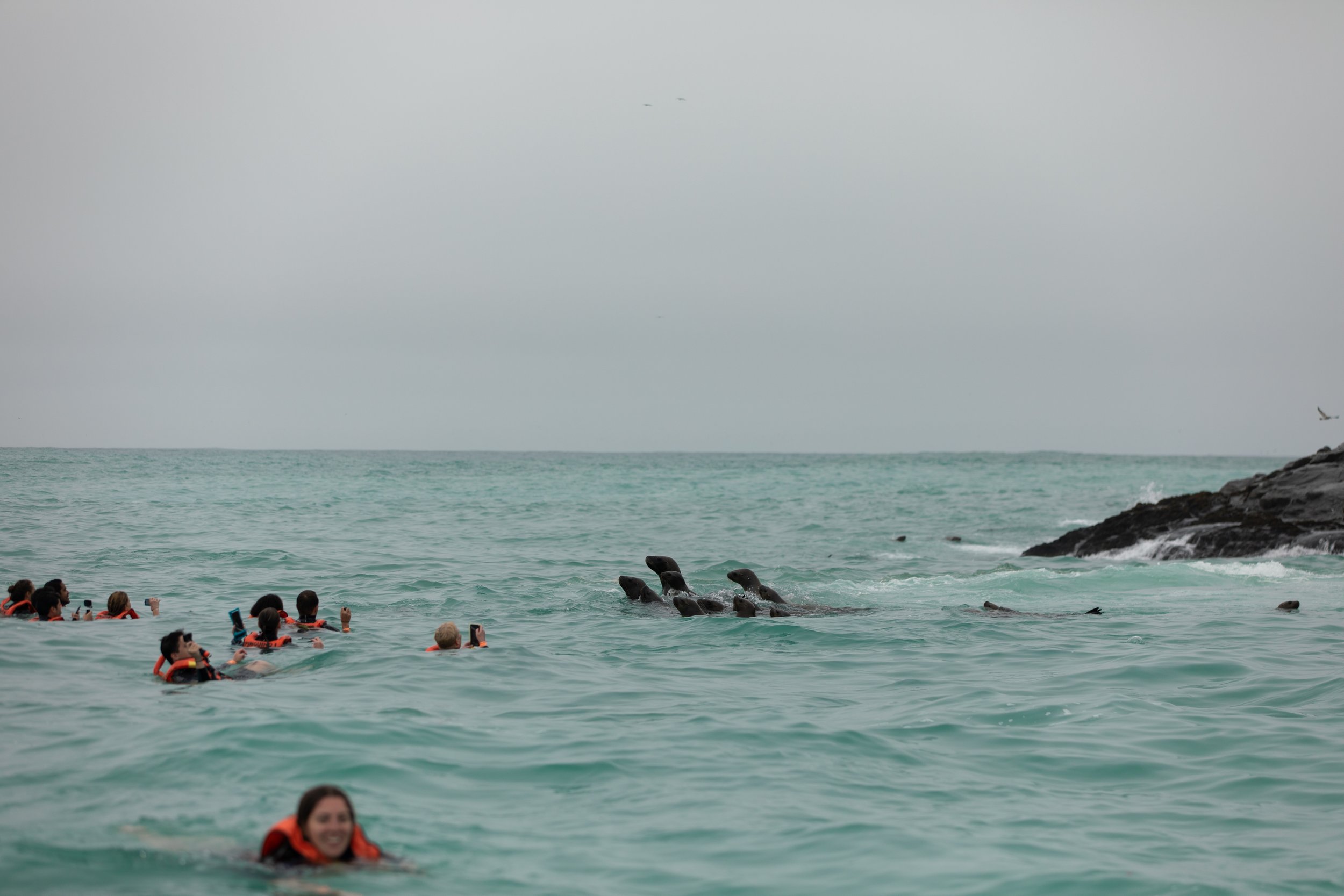
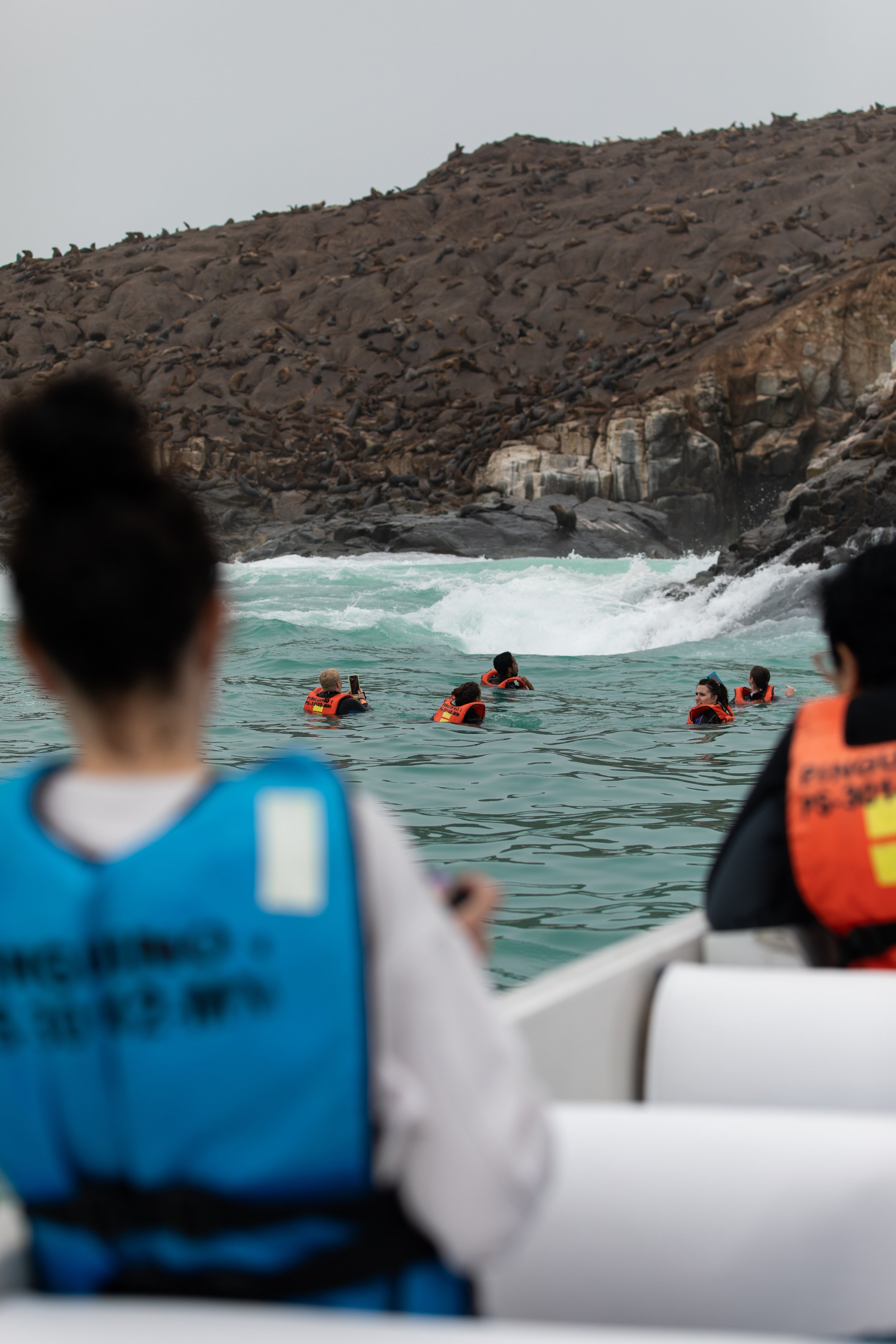
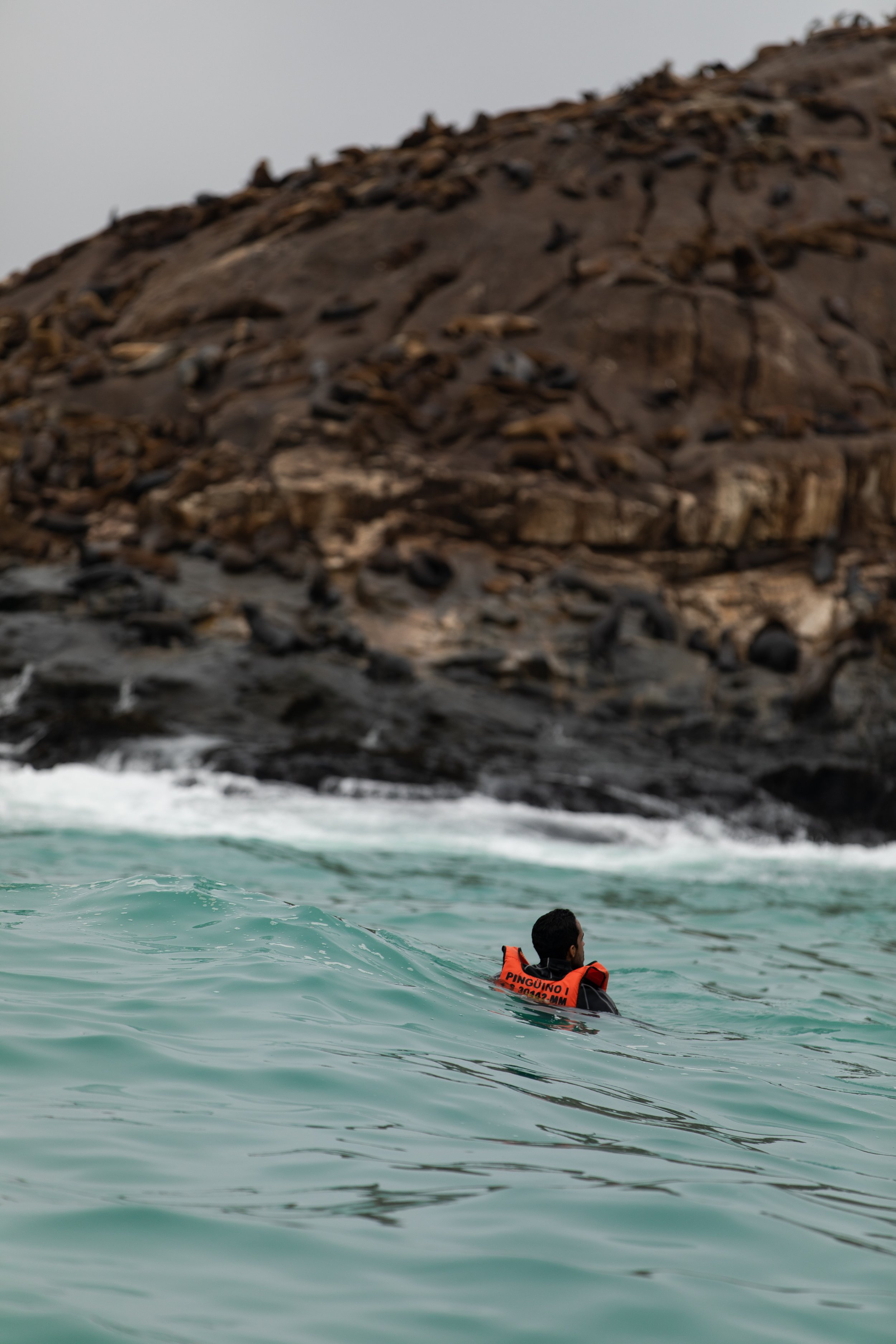




A detailed comparison of two popular boat trips tours in Lima and Paracas